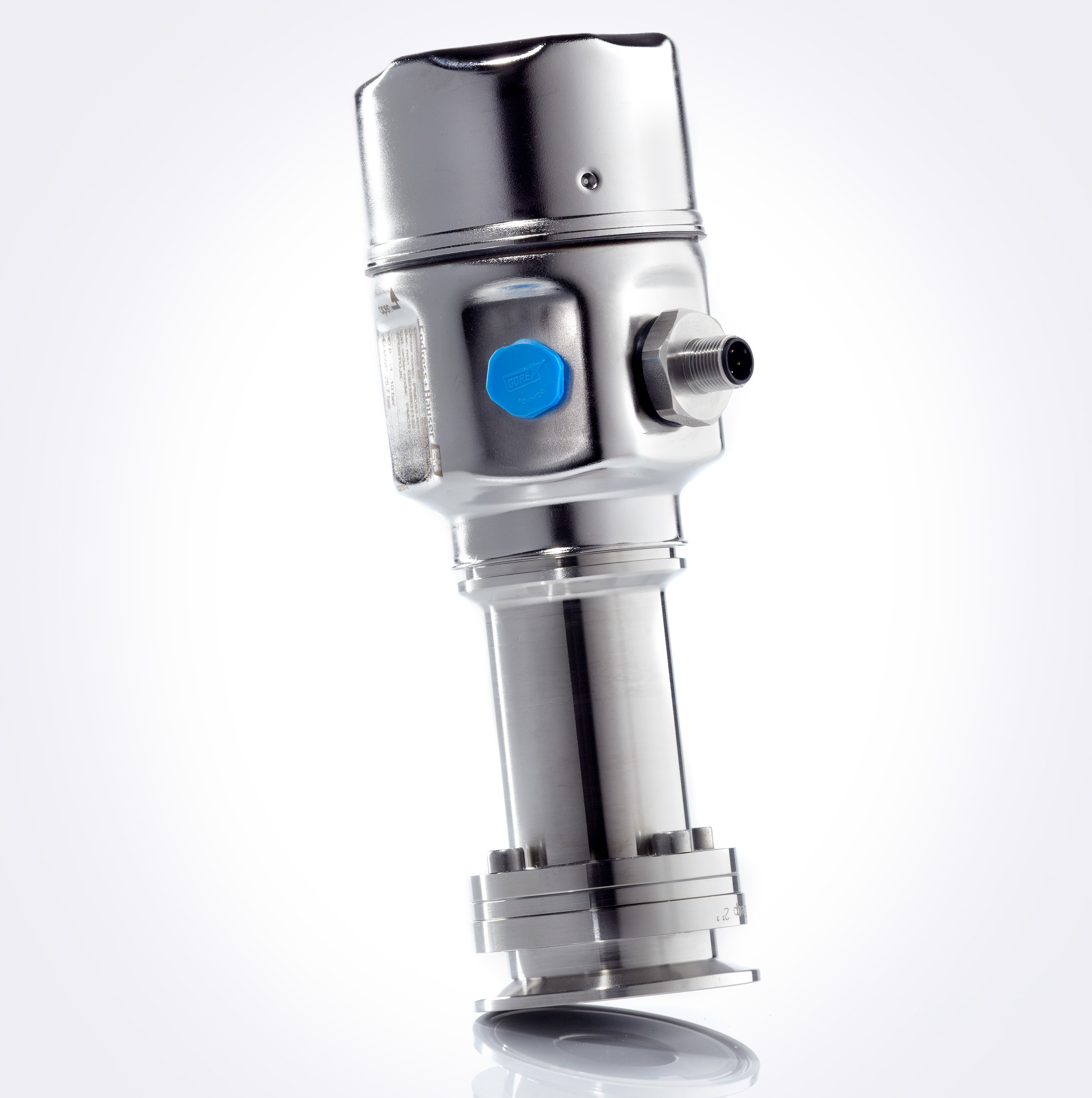Company Insight
Sponsored by Endress+Hauser
An effective way to reduce the operational costs in your wine production
Main image credit:
Sugar concentration monitoring is a crucial part of wine production. It allows winemakers to identify and address anomalies such as stuck fermentation and control it to achieve the desired wine style.
However, manual sampling and lab analysis during fermentation, particularly in large operations, represents a significant portion of the operational costs due to labour expenses.
Although different technologies are currently available to monitor Baume and Brix, their use for inline measurement has always been challenging in the wine industry due to harsh process conditions such as high solids content (skins and pips) and the costs of scaling the solution to multiple tanks.
With the latest advances in technologies used for pressure measurement and digital communication between sensors and control systems, it became possible to implement a reliable and effective solution to overcome these challenges and reduce the costs involved in wine production.
The solution is simple: use a high-accuracy pressure device at the bottom of the tank and another installed just above it to monitor pressure changes caused by density variation during fermentation, giving real-time process insights without manual sampling.
This approach also allows the hydrostatic pressure to be used to monitor the level inside of the tank (density compensated) without any influences of foam, which is often a challenge for non-contact level measurement.
Trials using this method have been extensively used in different fermentation conditions (reds and whites) over the past three vintages (2021, 2022 and 2023) in South Australia and have shown great comparison results to lab methods. A detailed article on the topic from the Australian Winery Research Institute has additional data on the performance and methodology.
What must I know to ensure the solution works in my process?
Pressure measurement has been used in industrial applications since the first industrial revolution. Why haven't wineries used this approach to monitor and control wine production? It's a combination of factors that were only addressed recently; these are some of them:
1. Accuracy matters.
The accuracy of the pressure devices plays a crucial role in this application. It's responsible for the noise/variation you'll have during the density measurement and will set the minimum distance required between both sensors. The pressure sensors must be installed below the fermentation cap to ensure a consistent pressure measurement.
Additionally, high-accuracy devices allow sensors to be installed at a lower position in the tank, usually within arm's reach, removing the need for costly installations and working at heights. This allows the method to be used even in small tanks.

2. Accuracy is just the tip of the iceberg.
Accuracy is essential, but it's just one piece of the puzzle. Pressure measurement is done by monitoring small deformations on specific components (either a strain gauge or ceramic cell). Due to the mechanical nature of these effects and ambient and process temperature variations, pressure sensors naturally drift over time.
Long-term stability must be considered when considering a pressure device for this application to avoid exhaustive and costly maintenance routines and calibrations. You might increase your operational costs if you need to calibrate all pressure devices after each vintage, which is the opposite of what we want.
Ceramic cells have minimal drift over time, allowing the sensor to operate for long periods without any maintenance intervention.
3. The process connection you use can be a problem.
Process connections not flush with the tank wall can threaten the measurement performance, especially if solids and other residues accumulate and block the measurement area, dampening the pressure values or stopping them completely.
Flush process connections mitigate the risk of clogging and building up on the sensor, ensuring a reliable measurement throughout fermentation.
4. Digital communication will make your life easier.
Due to the minor pressure variations being monitored, analog outputs can decrease the sensitivity of the sensors depending on the scale adopted on the control system and increase the measurement noises.
Digital communication protocols such as IO-Link ensure the data integrity from the sensor to the control system, mitigate scale errors during the integration and allow remote access to the instruments for commissioning and maintenance.
Real-time monitoring of sugar content supports winemakers with additional insights during fermentation, allowing process optimisation, especially when combined with other process parameters such as temperature and reducing operational costs due to manual sampling and lab analysis.
However, the success of this approach's implementation and long-term operation is primarily associated with the sensor technology used for the measurement. If you want to know more about the sensor that will give you the best measurement performance and lowest drift in the market, visit our website.
Contact information
Gustavo Queiroz
Food & Beverage Industry Manager
Tel.: 0409 919 738
Email: gustavo.queiroz@endress.com
Web: au.endress.com